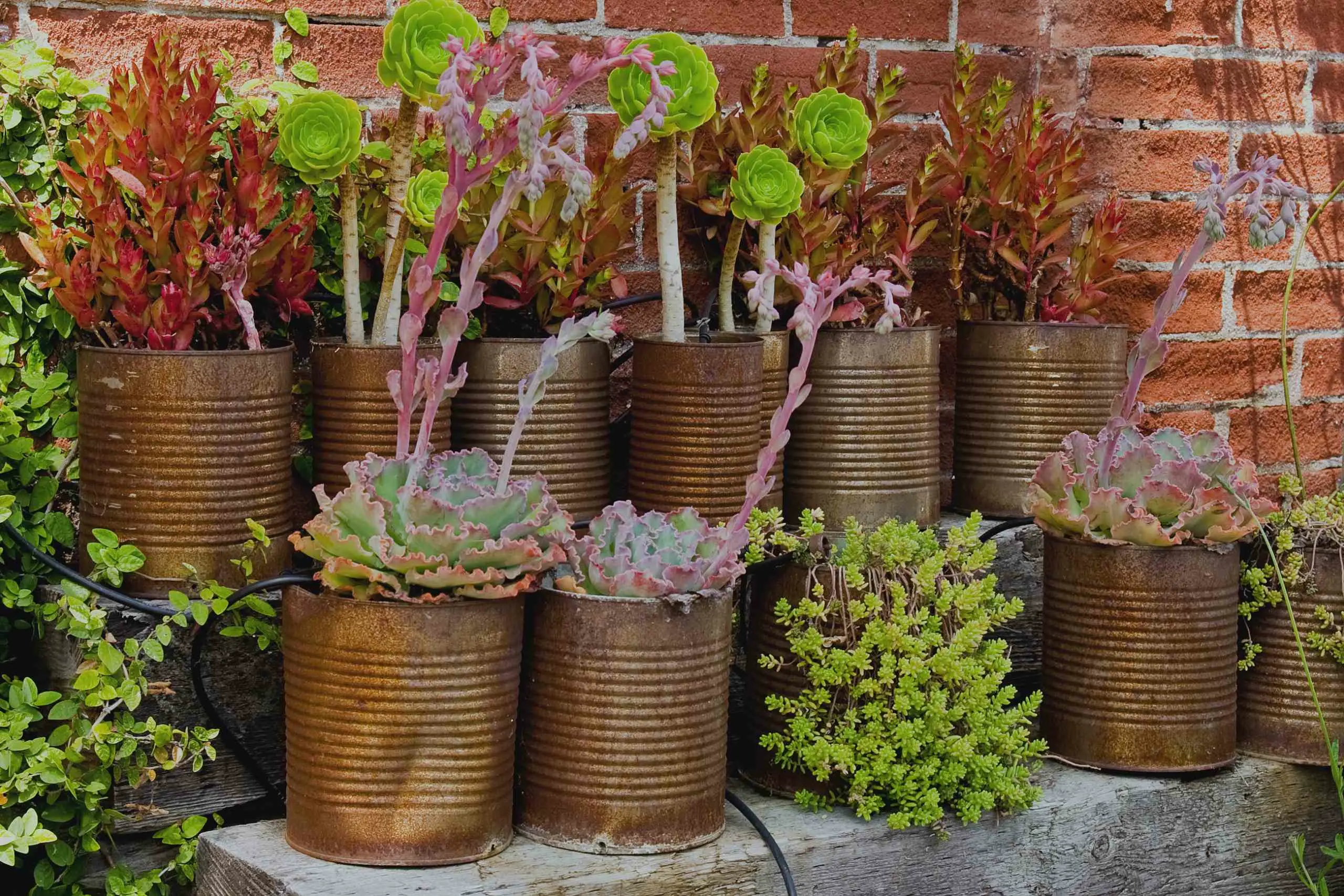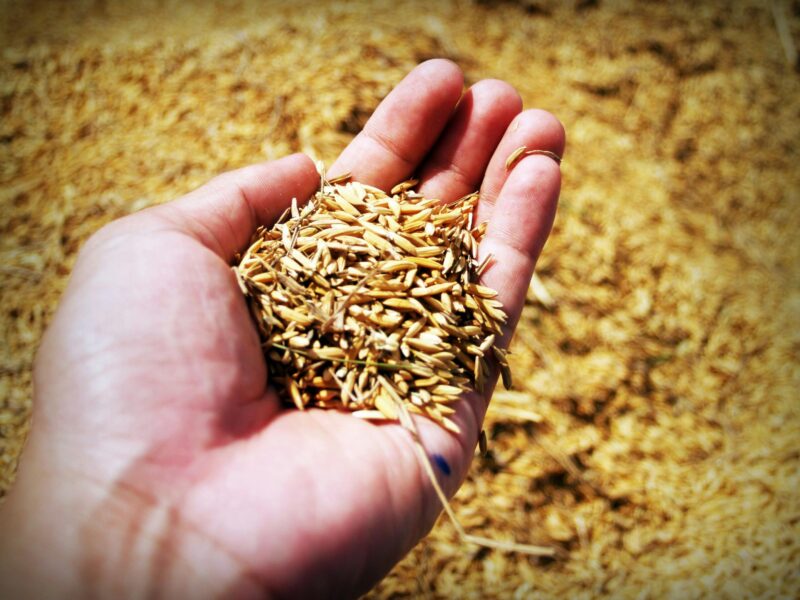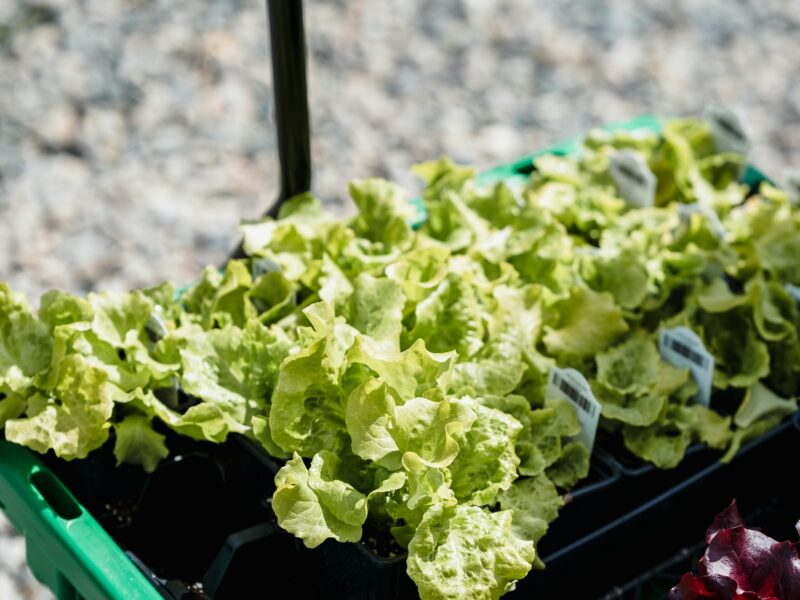Use recycled containers, like old buckets or wooden crates, for cheap container gardening. Grow herbs, vegetables, and flowers efficiently.
Container gardening is an affordable and versatile way to grow plants. Utilizing recycled materials can significantly cut costs while promoting sustainability. Old buckets, wooden crates, and even discarded kitchenware can serve as excellent plant containers. These options not only save money but also add a unique aesthetic to your garden space.
Planting herbs, vegetables, and flowers in these containers allows you to maximize small spaces like balconies or patios. With a little creativity and resourcefulness, you can create a flourishing garden without breaking the bank. Whether you are an experienced gardener or a beginner, cheap container gardening offers a practical solution for anyone looking to grow their own plants.
Thrifty Green Thumbs: Container Gardening On A Budget
Discover budget-friendly container gardening ideas to transform small spaces into lush green havens. Utilize recycled materials and thrift store finds to create charming, cost-effective plant containers. Embrace creativity and sustainability while saving money on your gardening journey.
Use small spaces for your garden. Balconies, patios, and window sills are great spots. Vertical gardening can save space. Use shelves or hanging pots. Planters can be made from old items. Plastic bottles, cans, and jars work well. Group plants together. This saves soil and water. Seeds are cheaper than plants. Grow from seeds to save money. Old buckets can become planters. Tea cups and mugs are cute containers. Shoes and boots can hold plants. Wooden crates make great garden boxes. Plastic bags can be used as hanging pots. Egg cartons are good for starting seeds. Tires can be painted and used as planters. Glass bottles can be cut and used. Milk jugs can be turned into watering cans. Cereal boxes can hold small plants.
Selecting The Right Soil And Plants
Use compost from kitchen scraps and yard waste. It saves money and is eco-friendly. Mix it with coconut coir or peat moss to keep soil light. Add perlite or sand for good drainage. A good mix helps plants grow strong and healthy.
Herbs like basil and parsley grow well in small containers. Lettuce and spinach are easy to grow and harvest. Cherry tomatoes and peppers are great for small spaces. Succulents need little water and are very hardy.
Diy Potting Mix And Fertilizers
Making your own soil mix can save money. Use equal parts of compost, peat moss, and perlite. Compost adds nutrients, peat moss keeps soil moist, and perlite improves drainage.
Another simple recipe is 50% garden soil and 50% compost. This mix is rich and fertile. Ensure to sift the soil to remove rocks and debris. Your plants will thrive in this healthy mix.
Banana peels make excellent fertilizers. They provide potassium which is essential for plants. Simply bury the peels in the soil near your plants.
Eggshells are great for adding calcium. Crush them into small pieces and mix them with the soil. This helps strengthen plant cell walls.
Make a simple compost tea by soaking compost in water for a few days. Use the liquid to water your plants for an extra nutrient boost.
Creative Container Alternatives
Old buckets make great plant pots. Tin cans can be turned into lovely herb containers. Use broken teapots for small flowers. Milk jugs can serve as big planters. Even an old shoe can hold a plant. Egg cartons can start seedlings too.
Try using cereal boxes as temporary planters. Old tires can be painted and stacked for big plants. Colanders are perfect for plants that need good drainage. Use plastic bottles by cutting them in half. Even old toys can hold small plants. Mason jars work well for herbs and small flowers.
Watering Wisely To Save
Use a drip irrigation system to water your plants. It saves water and targets the roots. Watering early in the morning prevents evaporation. A mulch layer helps retain moisture. Group plants with similar needs together. This way, you avoid overwatering or underwatering.
Collect rainwater in barrels. Use this free water for your garden. Reuse water from cooking vegetables. Let it cool first. Place a bucket in your shower to catch unused water. Use this water for your plants. Even fish tank water can be recycled for gardens. It contains nutrients beneficial for plants.
Designing Your Container Garden
Group plants by height for a layered look. Place tall plants in the back. Medium plants go in the middle. Short plants fit nicely in the front. This creates depth and interest. Use colorful pots for added charm. Mix flowers with leafy greens for variety. Choose plants with different leaf shapes. This adds texture and keeps the garden exciting.
Choose colors that complement each other. Red and yellow look great together. Blue and purple create a calm feeling. Use pots with different textures. A rough pot next to a smooth one looks interesting. Mixing shiny and matte finishes can add depth. Plant leaves with different textures together. This makes the garden more engaging.
Multiplying Your Blooms
Start with healthy, mature plants. Take a small cutting from the plant. Place the cutting in water or moist soil. Watch for new roots to grow. Transplant the new plant into a container. This method is inexpensive and fun.
Collect seeds from your favorite plants. Dry the seeds thoroughly. Store them in a cool, dry place. Share seeds with friends and neighbors. Join a local seed swap group. Grow new plants for free every year.
Seasonal Strategies For Year-round Beauty
Choose plants that thrive in each season. In spring, plant tulips and daffodils. Use petunias and marigolds for summer. Mums and pansies work well in fall. Winter may need evergreens and holly. Keep the soil fresh for each season. Rotate your plants to keep them healthy. Use mulch to retain moisture and reduce weeds. Plan ahead for the next season’s plants.
Use covers or tarps to shield plants from frost. Windbreaks can protect from strong winds. Place your containers in a sheltered spot. Move pots indoors during extreme weather. Use stakes to support tall plants. Water your plants well before a freeze. Keep an eye on weather forecasts. Take action early to protect your garden.
Transform your garden on a budget with these cheap container gardening ideas. Start small, get creative, and enjoy the process. Elevate your outdoor space without breaking the bank. Remember, gardening is about joy and creativity. Happy gardening!


